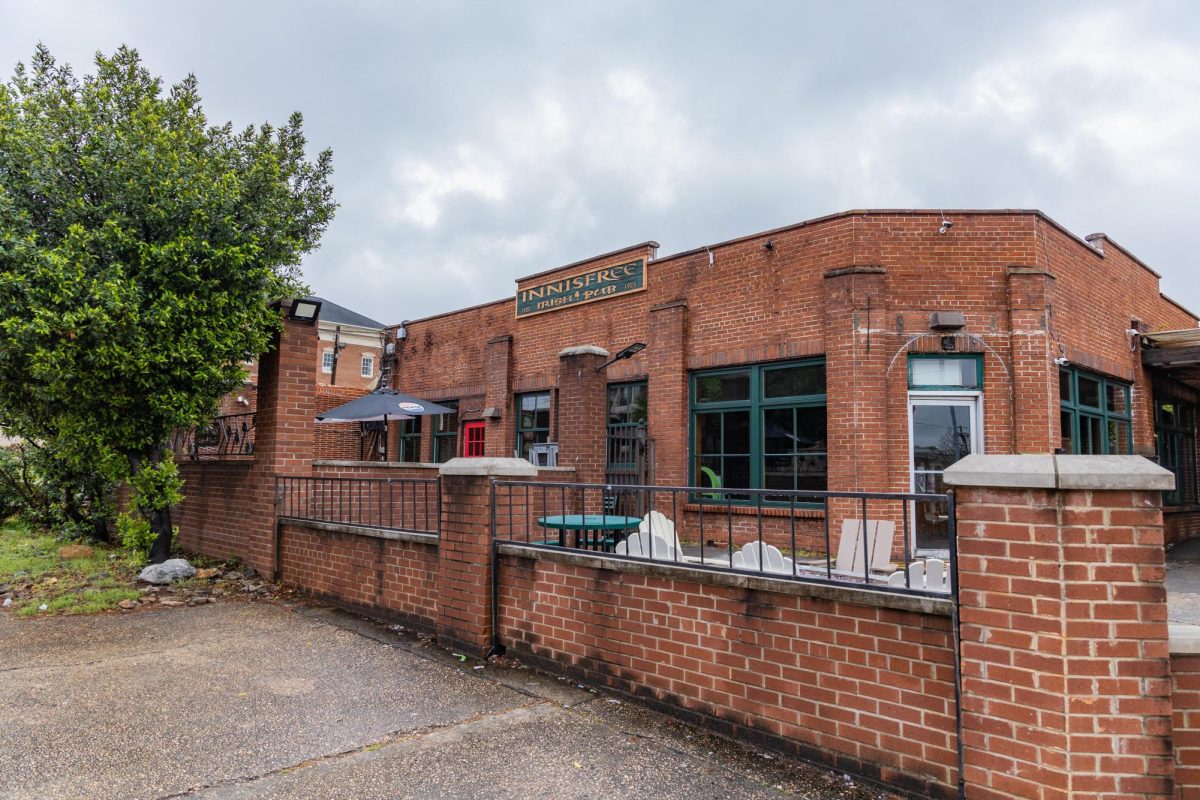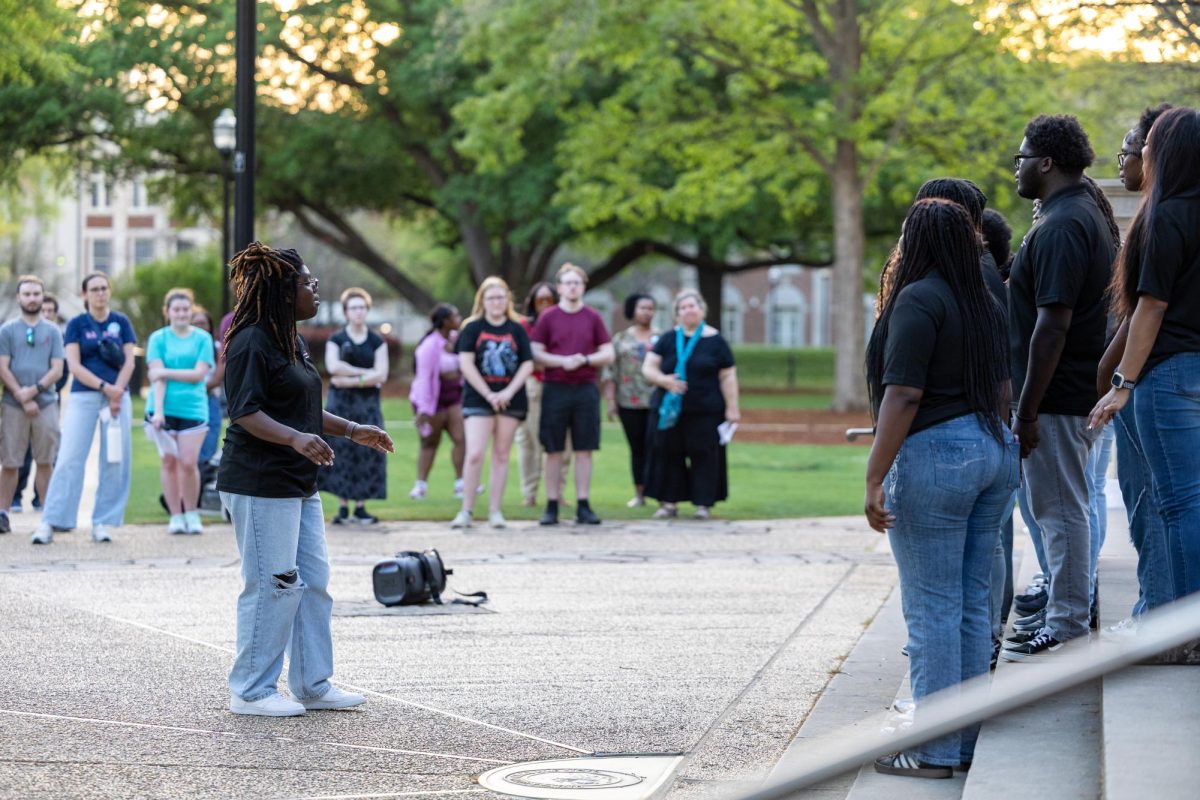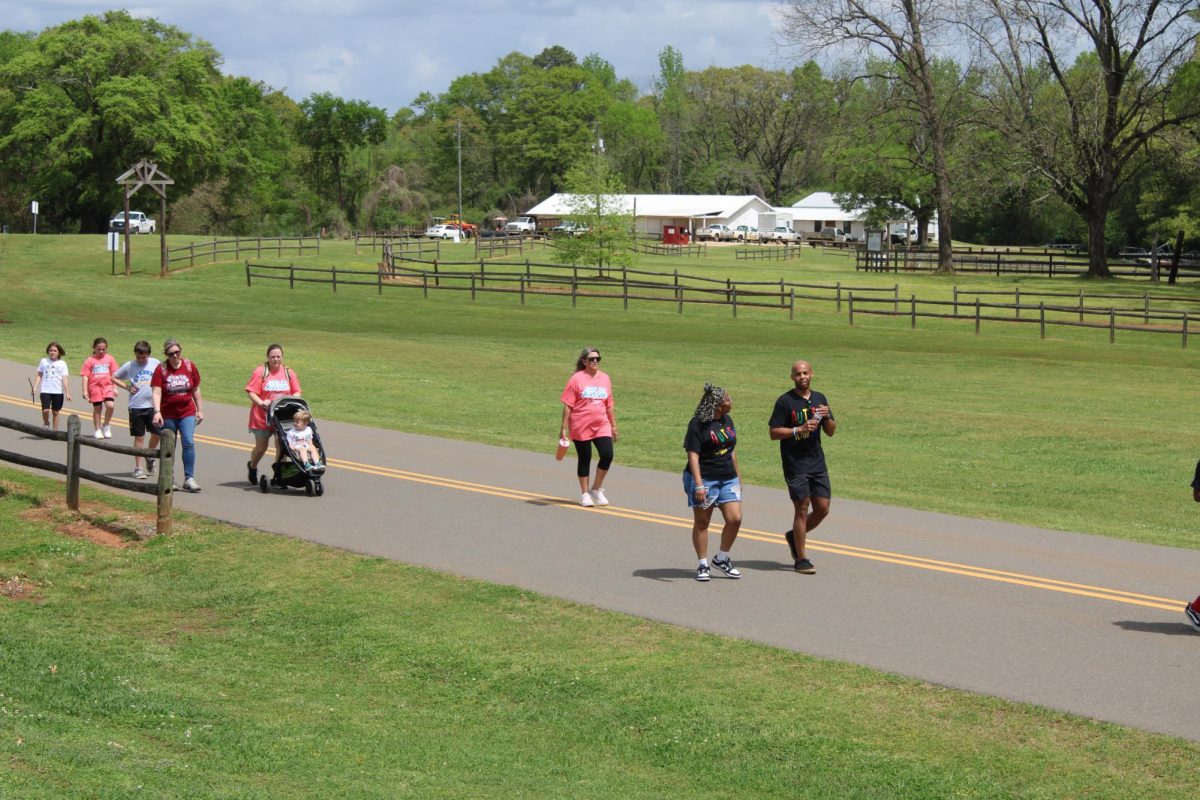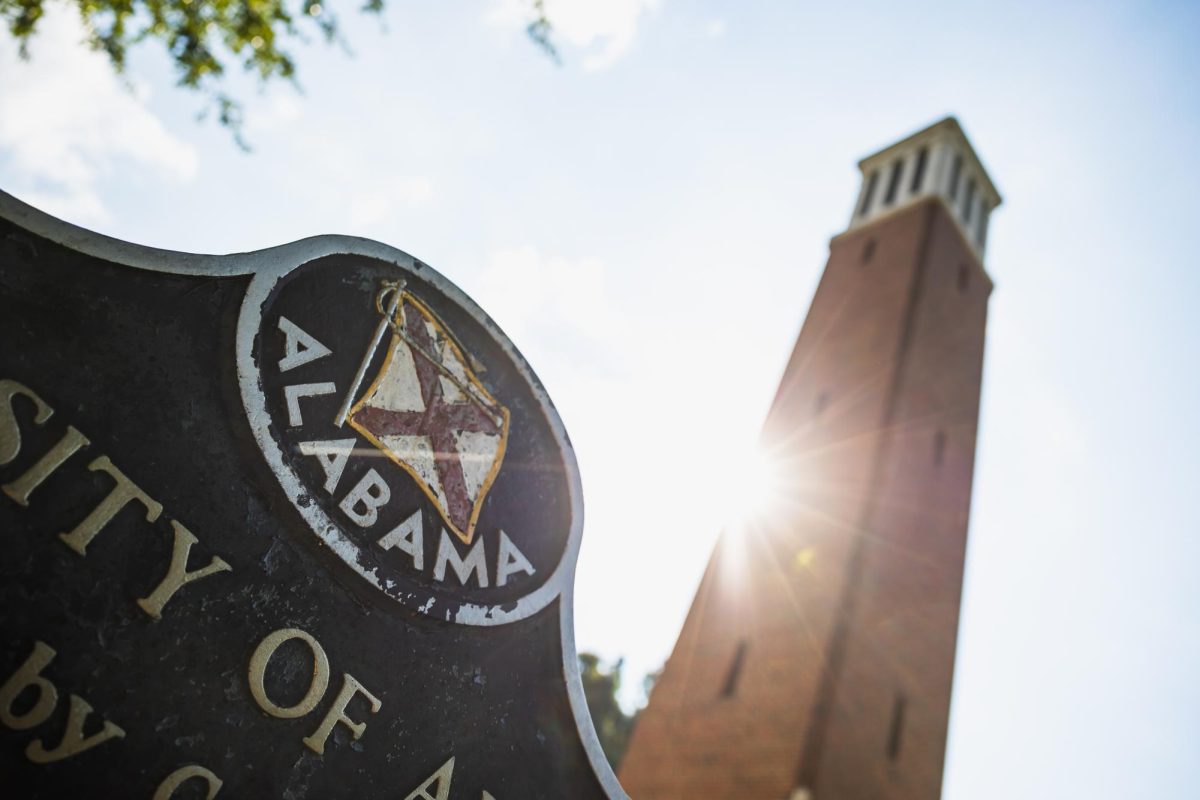After the storm destroyed or damaged 5,300 homes and 350 businesses in 12 percent of the city, city officials created the Tuscaloosa Forward Strategic Community Plan to Renew and Rebuild.
Meredith Lynch, the public relations coordinator for incident command of Tuscaloosa, explains that this plan was developed on the premise that through well-formulated planning, decision-making and community collaboration, Tuscaloosa can be an even stronger city.
Since the tornado, the city has issued over 290 permits for repairs and new construction of commercial buildings and over 2280 permits for residential buildings.
However, the Tuscaloosa Forward team has encountered several setbacks in their continued quest for recovery.
Tuscaloosa’s Director of Planning and Development Services John McConnell found that pre-tornado zoning regulations, which control the overall pattern of development of properties, hindered quick rebuilding.
Enacted in 1972, the old regulations were designed to produce a suburban pattern of land development similar to the University Mall, including spread out areas with large parking lots and landscaping.
“In some cases, those very restrictive suburban rules that were established 40 years ago made it difficult to reconstruct some of the homes and businesses to their pre-tornado status in the impacted areas,” McConnell said. “Realizing that changes would be needed in order to help people get back on their feet, we worked diligently to draft and adopt new codes that were less restrictive.”
These new commercial codes, which allow greater flexibility to property owners, were adopted on Jan. 17, eight months after the disaster. However, new residential codes are still being developed and are scheduled for adoption near the end of May.
Dr. Ken Fridley, the department head of civil, construction and environmental engineering at the University, believes the new zoning will prove beneficial to the city.
“It gives us the opportunity to step back and reform parts of town using modern innovations instead of working with what was in place many years ago,” he said. “It takes time, but from an engineering standpoint, it’s good to take things slow and make sure decisions are backed up with resilient structures. In the end, I think we will have a stronger community because of it.”
Similarly time consuming, Tuscaloosa Mayor Walt Maddox and the city council elected to hire a consultant to revise old floodway maps after the April tornadoes.
Tuscaloosa Storm Drainage Engineer Chad Christian explains that as a member of FEMA’s National Flood Insurance Program, Tuscaloosa’s flood maps, which needed updating, restrict development within the flood-prone areas of the city.
“In most cases, this will result in reduced or eliminated floodways, which will unrestrict private property and allow more redevelopment versus the old maps,” Christian said. “The vast majority of affected landowners will benefit from increased developable area and reduced flood insurance premiums. The tradeoff, though, is that the map revision process is time-consuming and requires public notice and lengthy public comment periods.”
Although the hired consultant finished his report that more accurately represents the floodplain conditions, city officials are still waiting on the review and approval of these revisions by FEMA.
The owner of Krispy Kreme, which was located on McFarland Boulevard before the storm, encountered several problems regarding the old flood plain maps. After his business was blown away, Evan Smith discovered that the land it used to sit on was considered unreconstructable due to its location in a floodway.
Smith hired an expert to assess his property, proving that the land was not actually located in a floodplain. The expert was consequently hired by the city to redraw the flood maps.
Although the process lasted much longer than he expected, Smith broke ground on the construction to replace the destroyed doughnut shop on April 20. Smith realizes there is no reason to get angry for the delayed recovery.
“At the end of the day, I wasn’t happy,” Smith said. “Every month, we thought we had jumped the last hurdle, but then there were still more to come. We jumped a bunch of hurdles, but I couldn’t be mad at any particular entity — not Walt Maddox, not the city council. There were too many issues to complain or point my finger at one person.”
To fund the necessary procedures that accompany the rebuilding process, Tuscaloosa has been given a Community Development Block Grant for Disaster Recovery from the federal government.
John Brook, incident commander for the city of Tuscaloosa, believes that without this federal help and the preparedness of city officials in maintaining reserve funds for difficult financial times, the city would have experienced serious challenges in the road to recovery.
However, the city is continuing to search for other methods of financing the near $250 million in unmet needs and warns of not relying on a speedy recovery.
“I think we all must understand that ‘recovery’ is not a measure of how fast you restore buildings to their pre-storm state. When 12 percent of your city is destroyed, it is not just buildings that are gone; you lose community,” McConnell said. “A community is made up of much more than a group of buildings. A community is a complex human ecosystem that has collectively grown and connected over a lifetime. It is simply not something that can be replaced in a year or two.”
Fast Facts
290 permits for repairs and construction of commercial buildings have been issued
2280 permits for residential buildings have been issued
$250 million in unmet needs remain for city recovery








